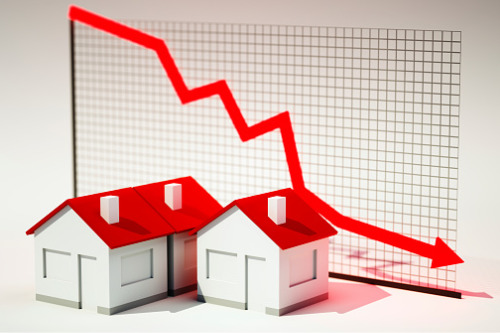

The combined effects of the COVID-19 pandemic have resulted in a dramatic drop in demand for housing within Australia, a shift which will send reverberations far beyond the property market.
For the last two decades, Australia’s economic wellbeing has been underscored by stable population growth; now, not only are international borders remaining closed, but it is unclear how many of the migrants who left the country in March plan to return.
“The nature of this shock requires significant and ongoing support from policymakers in Australia... The risk that insufficient support will produce a decade of deflation, depression and human hardship, is present," said Housing Industry Association (HIA) managing director Graham Wolfe.
“This means that of all the concerns facing government right now, debt should not be at the top of the list.”
Forecasting released last week also suggests new home building will fall by almost 50%, putting half a million jobs at risk over the next year, according to the HIA.
Wolfe explained, “In 2018-19, the industry engaged over 1 million people to commence building almost 200,000 new homes. Next year, we expect to start just 112,000 new homes leaving up to 500,000 jobs at risk.
“The shock to the economy from the halting of overseas migration, the absence of student arrivals and uncertainty over the domestic economy will see the market at a lower point in December 2020 than it was during the 1990’s recession. It will then continue to decline though 2021, even with the return of overseas students and migration.
“This shock will reverberate through the residential building industry, up and down the supply chain. Employment in the sector is not expected to recover within the next two years.”
The disruption to migration and rising unemployment is expected to weigh heavily on demand for residential building beyond 2020 even, with dwelling starts forecasted to be down 43% from last year to next.
To Wolfe, it seems clear that increasing demand for housing will play an important role in alleviating the pressure the pandemic has put not only on new home construction, but the wider economy.
